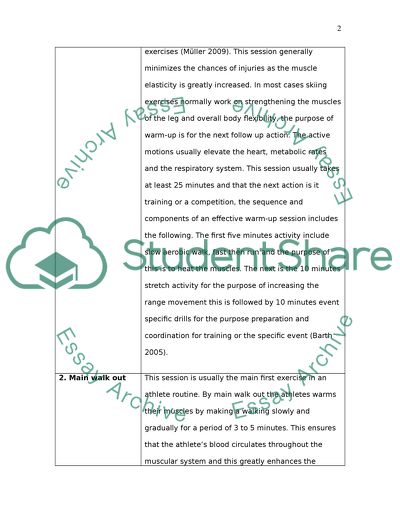Alpine Skiing Training Session Plan Essay Example | Topics and Well Written Essays - 3000 words. Retrieved from https://studentshare.org/health-sciences-medicine/1400850-sports
Alpine Skiing Training Session Plan Essay Example | Topics and Well Written Essays - 3000 Words. https://studentshare.org/health-sciences-medicine/1400850-sports.


